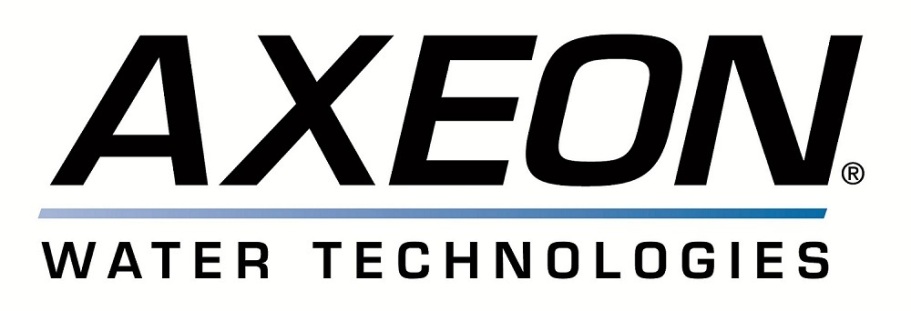
The end to California’s long-standing drought is nowhere in sight. That said, water supply in the state is steadily dwindling, and pretty soon there would be nothing left if no solution is put into effect. So what are the authorities doing about it, you may ask?
Popular Science contributor Brooke Borel was in California recently, spending some time at an event at the California Academy of Sciences in San Francisco. In the gathering, he met a few people from the San Francisco Public Utilities Commission, which previously talked about where wastewater goes and how water recycling works in general. Borel then inquired about how wastewater gets treated, and if the resulting water can be consumed per se; a welcome idea considering the Golden State’s parched status.
http://bit.ly/1LsScjn



